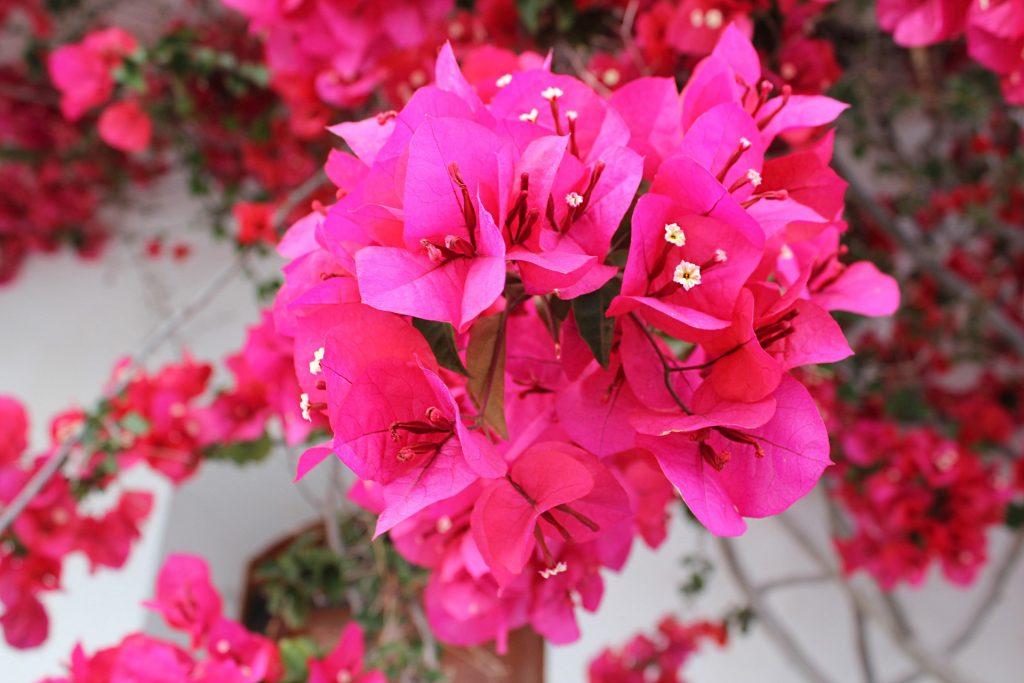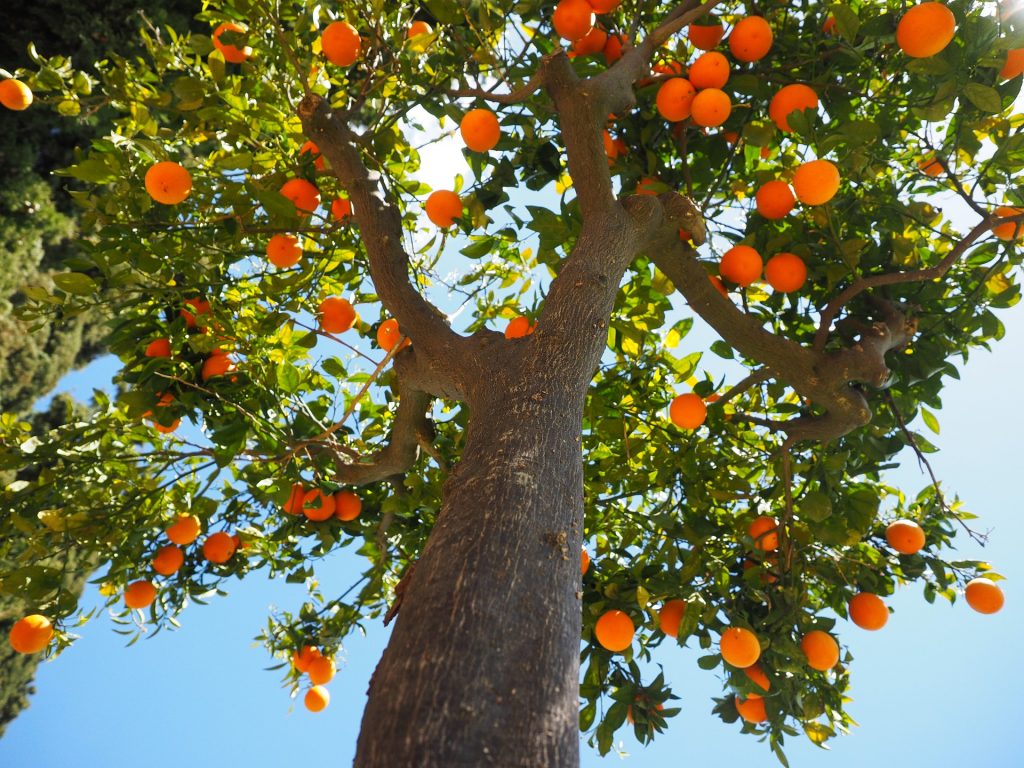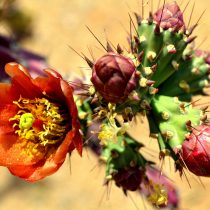When I lived on the East Coast, I had a flourishing garden that burst to life every spring after the winter frost melted. The daffodils were always the first sign of the summer to come, followed by a rainbow of tulips, roses, hydrangeas, and peonies. I loved spending the warm days of spring tending my garden, so when my husband announced he was getting transferred to Phoenix, I was devastated. I thought my days of gardening were over, but I was completely wrong.
Gardeners used to an ample supply of rain, like myself, might find the drastic change of living in a desert climate to be a bit of a challenge. The temperatures in Phoenix are considerably higher than they are in other parts of the country. On some summer days, it can get to be as high as 120 degrees Fahrenheit. The hot sun dries up the ground and shrivels everything that isn’t strong enough to survive. But this doesn’t mean that all hope of having a garden is lost. Read on for some tips on how to get your plants to thrive in the desert.
Know If You’re Moving, Movers Can’t Take Plants
When we moved, there were a few plants I really wanted to bring with me. I called the Phoenix movers we had hired to handle our interstate move and asked if my potted plants could be transported along with the rest of our household items. Unfortunately, they said that weren’t allowed to transport plants because they were perishable and wouldn’t survive the trip. I ended up carrying a select few houseplants in my car that I knew would be able to survive inside.

Choose the Right Plants
Most people automatically assume that the only plants that they will be able to grow in the desert are cacti, but this isn’t true. Many plants flourish in the heat. The trick is to purchase only those in the xeroscape section of the plant store. Look for plants that have thick waxy leaves that prevent the loss of moisture, such as succulents, or those with woody stems that won’t wilt. Check out these recommendations from the local Elgin Nursery and Tree Farm:
- Acacia
- Arizona Mesquite
- Yucca
- Bougainvillea
- Sage
- Agave
- Hummingbird bush
- Oleander
- Olive trees
Citrus trees, including grapefruit, oranges, lemons, and limes, also grow remarkably well in the Phoenix climate.
Carefully Prepare the Soil
The desert floor has very little nutrition in it, so it is essential that the garden soil is built-up with fertilizers and compost. This will help the plants to stay strong even in stressful environmental conditions. It may take some trial an error to get the area just right for planting. It helps to purchase a soil test kit, so you can do this more accurately.
Use a Drip System
If you water your garden in the middle of the day in Phoenix, most of it will evaporate. Then, the water won’t be able to seep into the ground deep enough to help the plants survive. The trick is to water in the morning or late evening with a drip system. If you can’t afford a drip system, you can make your own with an old garden hose. Cap off the end of it where the water usually comes out. Then, poke holes in the hose with a small screwdriver or knife. Set the hose on the ground by your plants. Turn the water on at its lowest setting. It should trickle out just a little at a time.

Preserve Moisture with Mulch
Another trick for helping plants in a desert garden is to add a thick layer of mulch over the top of the soil. Before you add the mulch, lay down some old newspapers. This will help to keep the weeds from growing through. Buy mulch that is made from the bark of hardwood trees. It will last longer than other shredded varieties. Hardwood mulches can be purchased in several different colors, but the dyes can leach into the garden beds. Go for a brand that is natural instead.
By following these tips, you too can have a healthy, beautiful garden, even in the middle of the desert!
